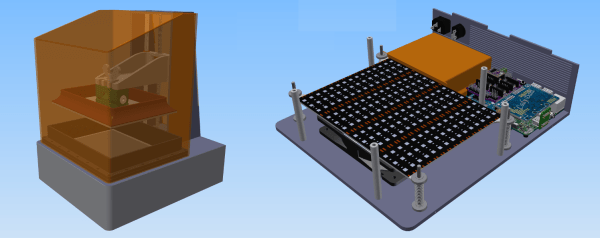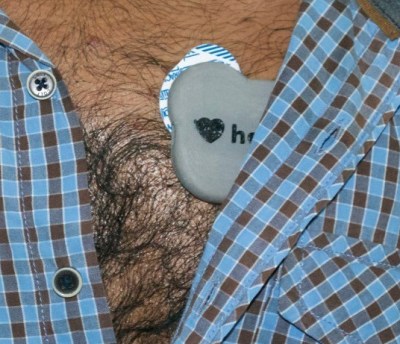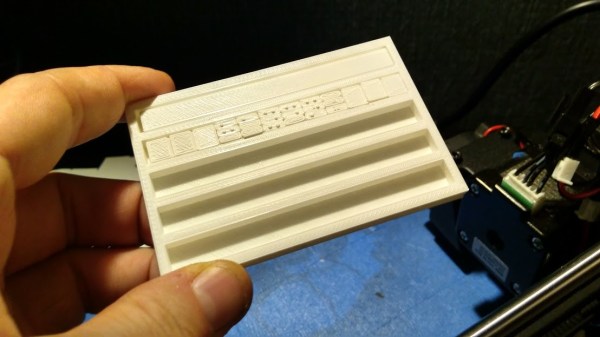You would be forgiven to think that 3D printing is only about rolls of filament and tubs of resin. The fact is, there are many more 3D printing technologies out there. Everything from powders to paper can be used to manufacture a 3D model. [Jure]’s Hackaday Prize entry is meant to explore those weirder 3D manufacturing techniques. This is a printer that lays down binder over a reservoir of powder, slowly building up objects made out of minerals.
The key question with a powder printer is exactly what material this printer will use. For this project, [Jure] is planning on printing with hydroxyapatite, a mineral that makes up about 70% of bones by weight. Printing bones — yes, they do that — is quite expensive and has diverse applications.
The design of this printer is about what you would expect. It’s a Cartesian design with a roller to distribute powder, a piston to drop the part down into the frame, and an industrial inkjet printhead designed for wide format printers. It’s a fantastic piece of work and one of the better powder printers we’ve seen, and we can’t wait to see what [Jure] is able to produce with this.























